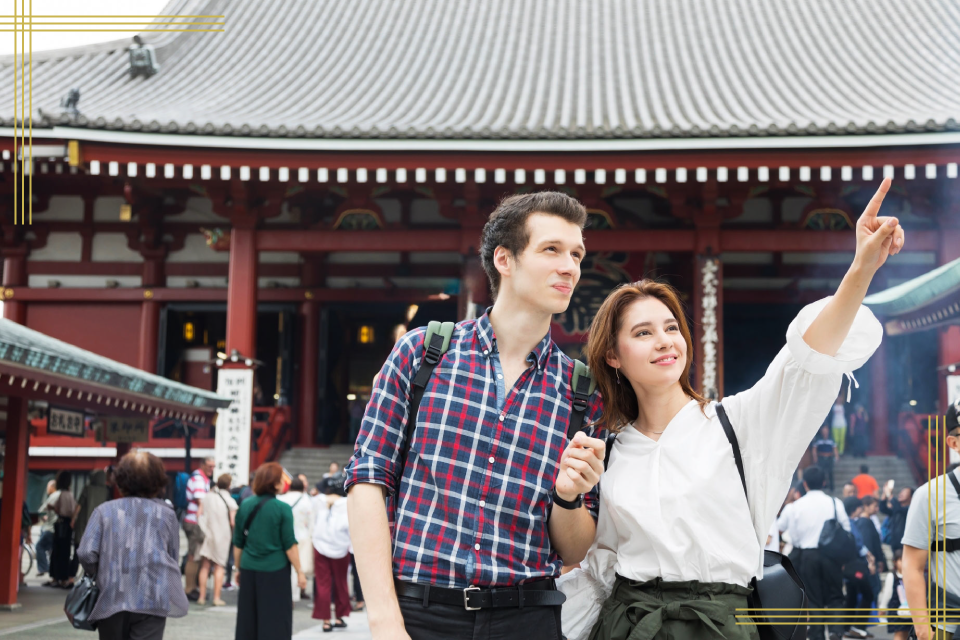
Japan Travel Tips for First-Time Visitors

Let’s ease your worries about traveling to Japan!
Have you ever thought, “I’d love to visit Japan, but I feel a bit nervous…”?
It’s completely normal to feel anxious when traveling abroad — concerns about language, transportation, money, and local manners are all common.
In this article, we’ll introduce practical tips to help you overcome those worries.
We’ll also share travel plans that are perfect for first-time visitors, so you can enjoy your trip with confidence.
After reading this, you’ll feel ready and excited to explore Japan with peace of mind!
What Are You Worried About?
Language Barriers (Includes helpful translation apps)
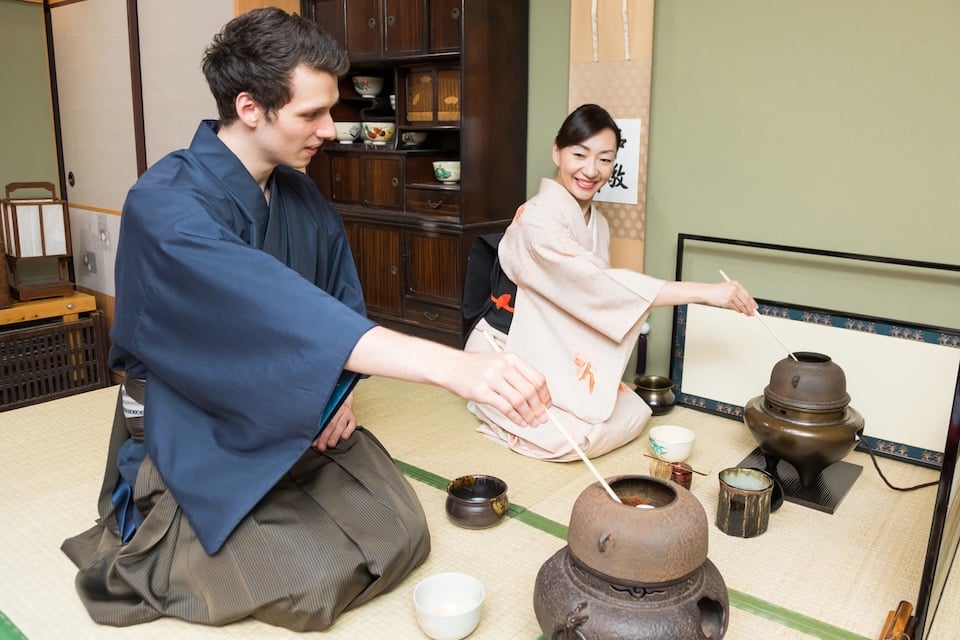
“English doesn’t work in Japan.” — Many travelers say this when visiting.
But don’t worry — this problem can be solved with the right tools!
In addition to translation apps, learning a few simple Japanese phrases can make communication much smoother.
In this article, we’ll introduce some recommended translation tools and five essential Japanese expressions to help you on your trip.
POCKETALK
Using a translation tool is a great way to overcome language barriers.
With this kind of tool, you simply press a button and speak — it will automatically translate your words into Japanese.
It also translates what the other person says into your native language, making communication much easier and smoother.
You can buy the translation tool at electronics stores.
※If you’re looking for a free translation tool, try using Google Translate.
Essential Japanese Phrases to Remember
Learning a few simple Japanese phrases can make communication much more enjoyable.
Here are five important expressions that are especially useful to remember.
①Arigatou-gozaimasu (Thank you)
②Sumimasen (Excuse me / I’m sorry)
③Tasukete-kudasai (Help me)
④Onegai-shimasu (Please)
⑤Sore ―daisuki- desu (I love that)
Payment Methods
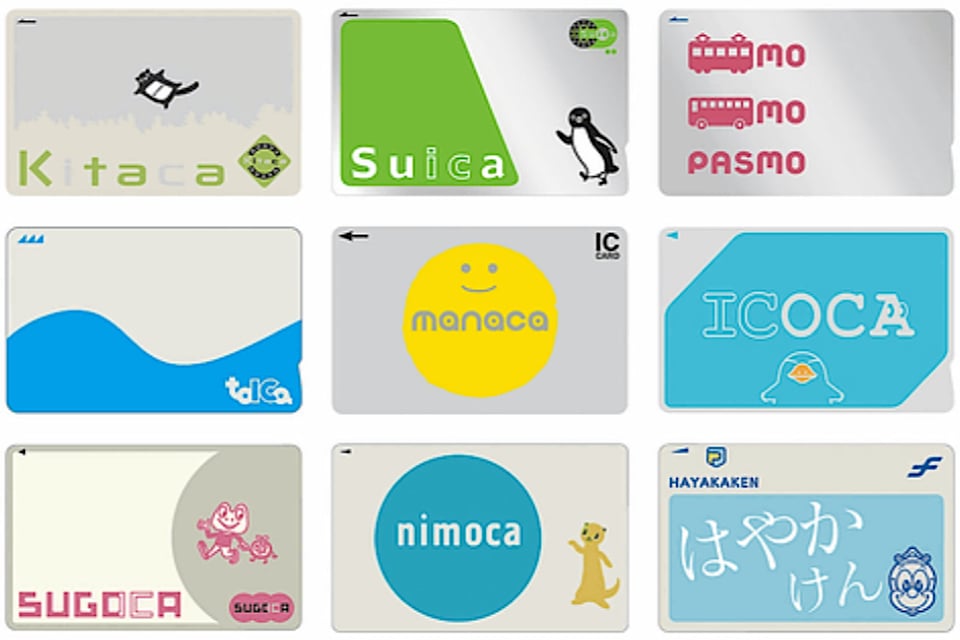
This section will help you ease your concerns about money while traveling in Japan.
We’ll cover popular cashless payment apps in Japan, places where cash is still required, how tipping works (or doesn’t), and where to find tax-free shopping.
Read on to feel more confident and prepared when it comes to handling money during your trip.
IC Cards
In Japan, you can load money onto an IC card and use it for train rides and payments at stores.
These cards are accepted at over 2 million locations across the country and can be used for travel between different regions, so having one is very convenient.
You can purchase tourist-friendly IC cards here.
There’s also a detailed explanation of how to use the IC cards, so please take a look.
Places Where Only Cash is Accepted
In rural areas, cashless payments might not be accepted.
Therefore, it’s convenient to carry some cash with you.
When you arrive in Japan, bring a 10,000 yen bill and buy something at a convenience store or vending machine. You’ll get change in smaller bills and coins, which makes it easier to use money in many places.
Tipping Culture
There is no tipping culture in Japan. Please feel confident paying only the listed price.
Duty-Free Stores
Duty-free shops are special stores where you can buy products and souvenirs without paying Japan’s consumption tax, making them cheaper than usual.
Foreign tourists can get duty-free benefits by showing their passport and purchasing items worth 5,000 yen or more.
These shops usually have a sign that says “Duty-Free” or“免税店”so if you want to shop tax-free, look for stores with that sign.
How to Ride Trains and Buses
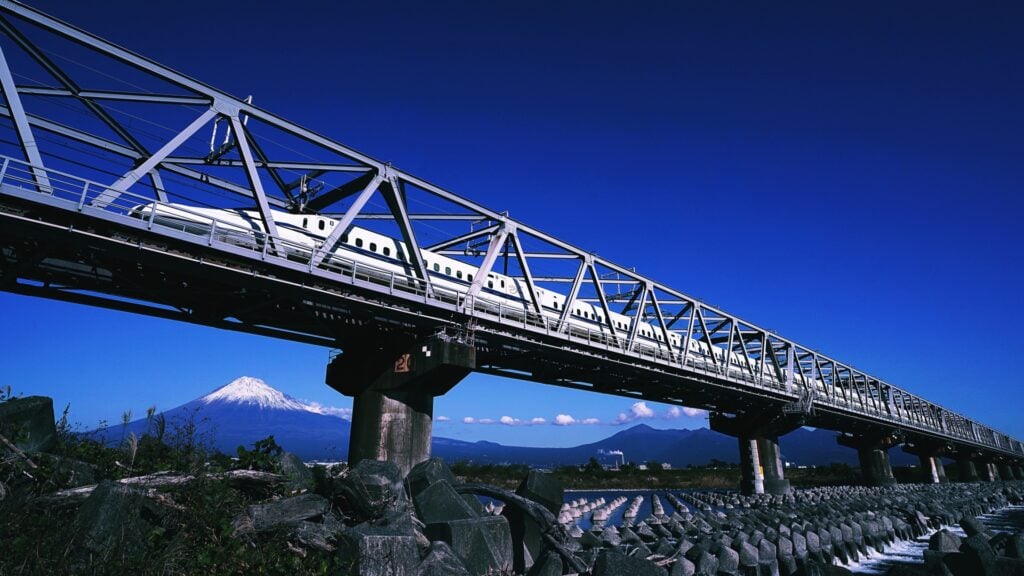
Taking public transportation in a foreign country for the first time can be a bit stressful, right?
Don’t worry! Let’s go over the basics here so you can ride with confidence.
Train
There are two main ways to ride trains in Japan.
- The easiest way is to load money onto an IC card and simply tap it at the ticket gate.
- Alternatively, you can look at the station’s route map to find your destination, check the fare, and then buy a ticket by inserting the correct amount into the ticket machine.
You can purchase tourist-friendly IC cards here.
There’s also a detailed explanation of how to use the IC cards, so please take a look.
Bus
- Check the signs on the bus to see whether you should enter from the front or the back door.
- When you want to get off, press the “stop” button to alert the driver.
- Pay your fare when getting off the bus using a transportation IC card (like Suica).
Note: Some buses do not accept IC cards. In that case, you’ll need to pay with cash.
It’s a good idea to carry small coins — for example, five 100-yen coins and ten 10-yen coins.
If you only have bills, you can get change by buying a drink or snack at a convenience store.
Train Etiquette and Important Rules
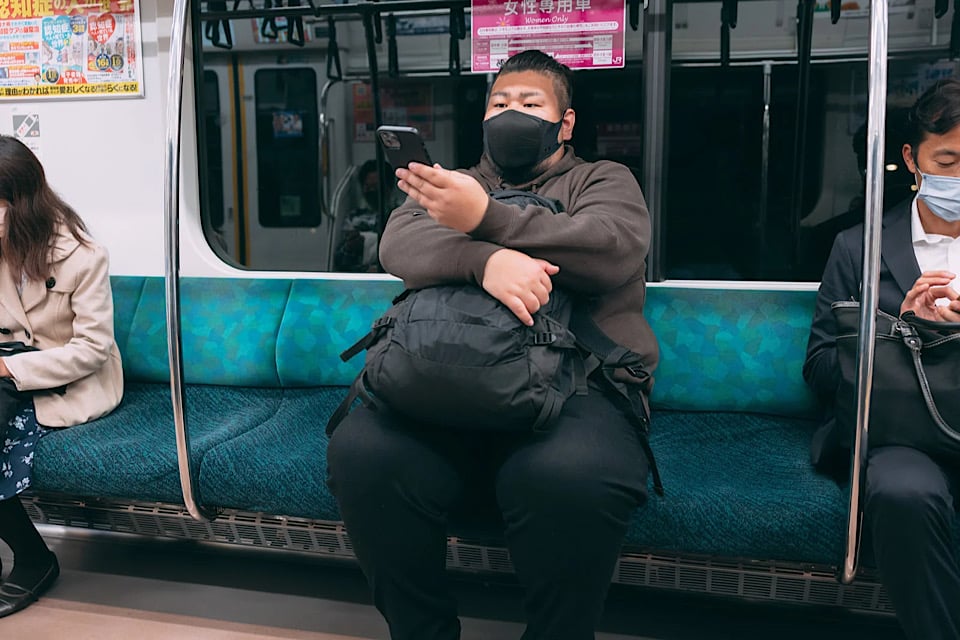
There are a few manners to follow when riding trains in Japan.
Let’s be mindful of them so that everyone can have a comfortable ride.
Please follow these manners when riding the train in Japan:
- Keep quiet while on the train.
- Don’t run or act disruptively inside the train.
- Do not hang from the hand straps.
- Do not leave trash on the train.
- In priority seats, give up your seat to elderly people, pregnant women, or those with disabilities.
How to Avoid Crowded Trains
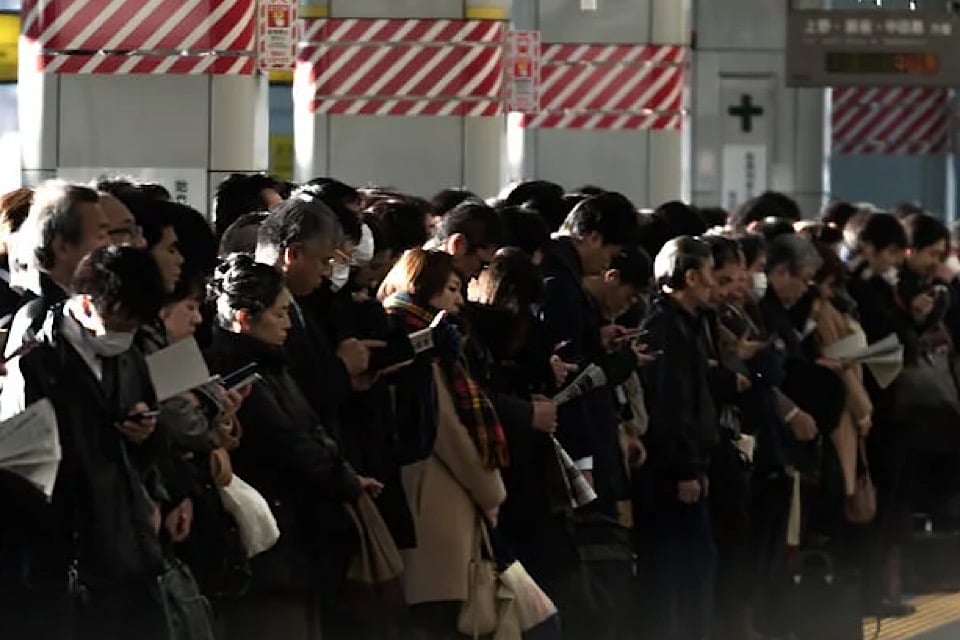
You may have seen videos or photos on social media of extremely crowded trains in Japan.
So, how can you avoid those packed trains?
Here are two helpful tips to steer clear of rush hour crowds.
①Avoid rush hours
Trains are very crowded between 8–9 AM and 5–7 PM, as many people are commuting to work or school.
Traveling outside of these hours will give you a more comfortable ride.
②For Female Travelers:women-only cars
Japan offers “women-only cars” on some trains to ensure a safer ride for women.
Look for cars with a pink sticker near the door — these are designated for women only during certain hours.
If you want extra safety and comfort, this is a good option.
Recommended Transportation for Long Distances
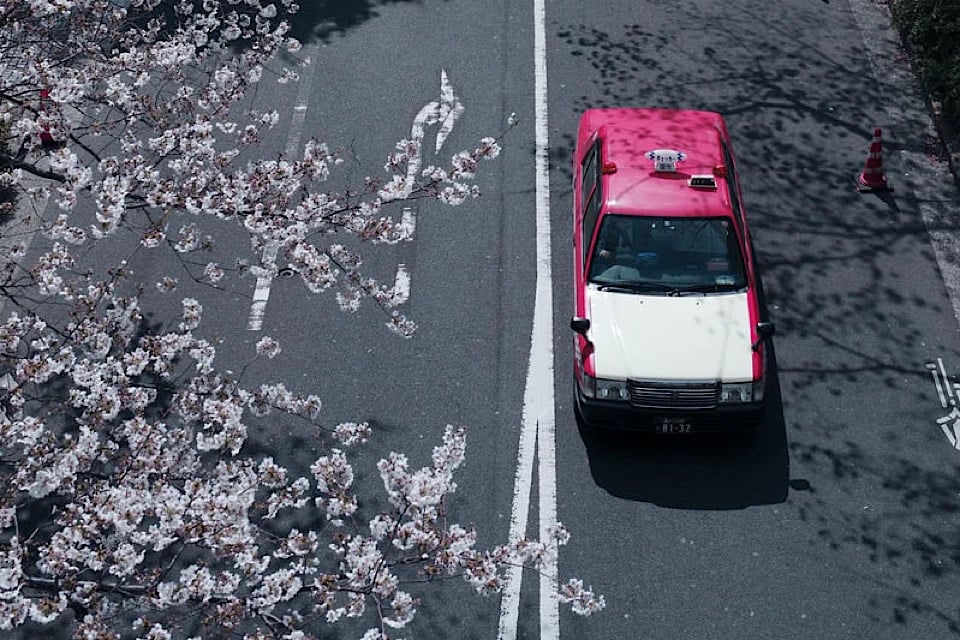
If you feel nervous about using public transportation, using a ride-hailing service like Uber is also a good option.
You can simply enter your destination, see the fare in advance, and travel with peace of mind.
Lastly, here is a comparison of the costs for different types of transportation. Please use it as a reference when deciding where you’d like to go.
| Transportation | Prices | Recommended usage |
| Train | 5,000 to 15,000 yen(2$~20$) | Traveling within cities or short distances. Convenient and frequent service. |
| Shinkansen (Bullet Train) | 5,000 to 15,000 yen(50$~150$) | Fast and reliable travel between major cities like Tokyo and Osaka. Great for saving time. |
| Airplane | 5,000 to 30,000 yen(50$~300$) | Long-distance travel like to Hokkaido or Okinawa. Major time-saver. |
| Uber (Taxi) | 1,000–3,000 yen(10$~30$) | When you have a lot of luggage or travel at night when public transport is limited. |
| Bus | city buses:200–500 yen(2$~5$) highway buses:2,000–8,000 yen(20$~80$) | Budget travelers. Overnight buses can also save you accommodation costs. |
If you’re worried about transportation or want to find affordable and convenient ways to get around, please take a look at this article.

Travel Hacks for Long Flights

Flying from your country to Japan may take some time. Here, we’ll share tips to help you enjoy a comfortable and pleasant flight.
Let’s make your flight time both enjoyable and relaxing.
Comfortable Travel Outfit
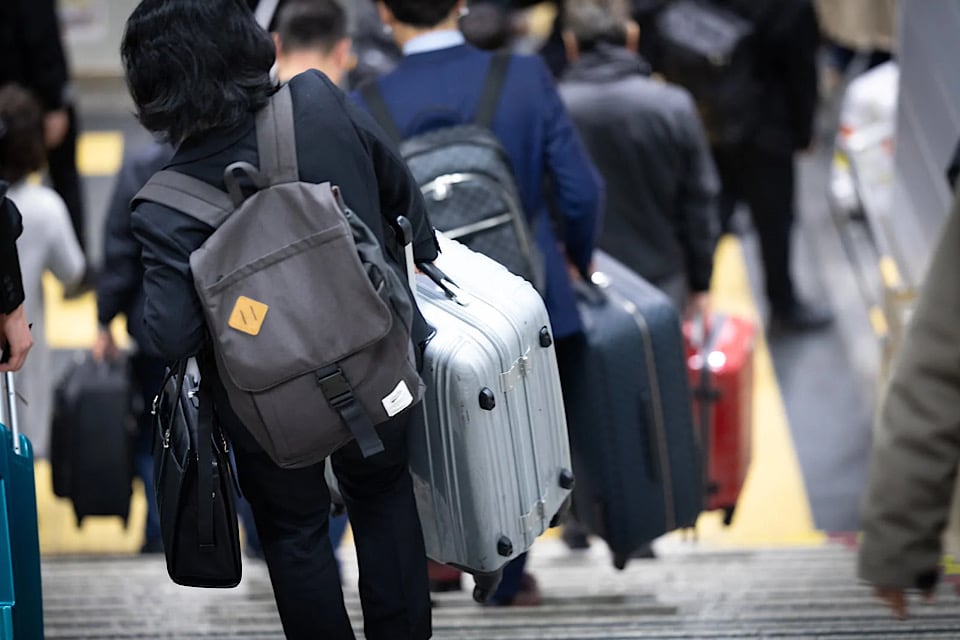
Tight clothing may look stylish, but it can become uncomfortable during a long flight. For a more comfortable journey, we recommend wearing a loose-fitting hoodie, elastic-waist pants, socks, and sneakers.
Footrest
There are two types of footrests: one that hangs from the seat and supports your feet, and an inflatable type that you can place your feet on.
Simply resting your feet on a footrest can help relieve fatigue during long flights.
If you’d like to purchase a footrest, click here.
※Please note that some airlines may not allow their use, so be sure to check in advance.
If you prefer not to use a footrest, consider purchasing three economy class seats.
This way, you can enjoy a spacious and comfortable area for less than the price of a first-class seat.
Travel Pillow

Travel pillows are sold at airports and souvenir shops.
A recommended way to use them is not around your neck, but instead to support your lower back or hips.
This can help reduce lower back pain.
If you don’t want to carry extra luggage, a good idea is to wear a large, warm jacket to the airport and use it as a blanket on the plane.
Blankets can be bulky, so having a jacket or coat reduces your luggage and is useful once you arrive at your destination.
In-Flight Games You Can Play
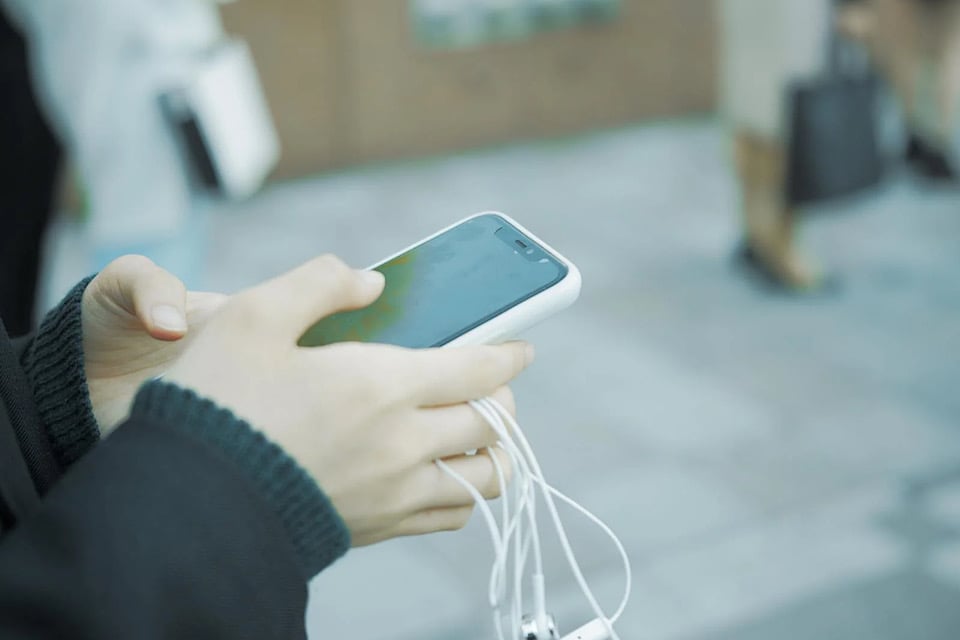
Long flights can sometimes be boring. Having games to play can make the time more enjoyable.
Puzzle games like Tetris are recommended.
Since you can challenge higher levels and scores without in-app purchases, puzzle games tend to keep you entertained longer.
It would be disappointing to download an app only to find out it doesn’t work during your flight.
To avoid this, switch your phone to airplane mode and turn off Wi-Fi to check in advance if the app works offline.
When looking for games that work on a plane, try searching with keywords like “offline games” or “for flights” to make your search easier
Manners to Remember in Japan

No one wants to accidentally offend someone or end up in an awkward situation because of not knowing the local etiquette.
Here, we’ll introduce some basic Japanese manners you should know before your trip.
By learning these, you’ll be able to enjoy Japan comfortably and with confidence.
Take Off Your Shoes Indoors

In Japan, it’s customary to take off your shoes before entering someone’s home to keep the inside clean.
However, you don’t need to remove your shoes in public places like shopping centers or cafés.
If you’re unsure, just point to your shoes and ask, “Okay?”
People around you will let you know whether or not you should take them off.
Public Etiquette

Please keep the following manners in mind when in public places:
- Don’t speak loudly
- Don’t run or act violently
- Don’t climb on buildings or statues
- Don’t litter
- Don’t draw graffiti
Let’s all follow good manners so everyone can enjoy the space comfortably.
Don’t Enter Homes Without Permission

In Japan, you may see many old or seemingly abandoned houses.
However, most of these properties are still owned by someone.
Even if no one is living there, entering such a house without permission can be considered trespassing and is a criminal offense.
If you’re not sure who owns the property or if it’s not clearly open for tourists, please do not enter.
If you want to learn more about Japanese manners, please take a look at this article.

Tips for Using Your Phone in Japan
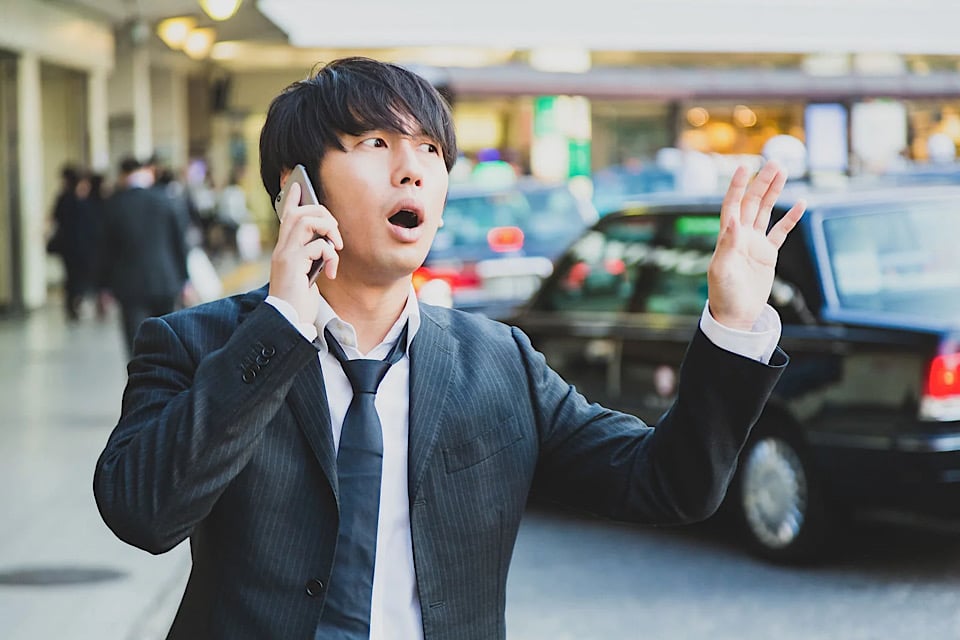
In this section, we’ll introduce useful apps to ease your travel worries and show you how to stay connected to the internet while in Japan.
Make the most of your trip by using the internet comfortably and conveniently during your stay in Japan!
Google Translate
This app helps you break the language barrier for free.
Just tap the microphone button and speak — it will automatically translate your language into Japanese.
If you don’t understand what a Japanese person is saying, simply tap the microphone and let them speak into it — the app will translate their words so you can understand.
Google Reviews
No one wants to have a bad experience by going to a poorly rated place.
When looking for restaurants or accommodations, it’s a good idea to check reviews in advance using this app to make sure the place has a good reputation.
Transit/Train Route Apps
Japan’s train system has many transfers and can be very complicated. Even Japanese people sometimes get lost.
When traveling somewhere, it’s reassuring to use this app to check your route in advance.
You can also see arrival times and fares.
If you make friends with young Japanese people or find a favorite shop, be sure to ask for their Instagram account.
This way, you can keep up with their daily lives and stay in touch even after returning home.
Many Japanese people don’t use Facebook or WhatsApp, so Instagram is recommended.
Recommended eSIM and SIM Cards for Short-Term Use
There are various ways to use your smartphone in Japan, such as renting Wi-Fi devices or purchasing SIM cards.
However, arranging everything by yourself can be troublesome.
Here, we introduce a service that offers affordable plans and provides everything you need, from Wi-Fi to internet access.
Global Wi-Fi
Can be used both in Japan and abroad, with convenient pickup and return options at airports or by mail. The price is about 600 to 1000 yen per day.
Not Sure What to Wear!?
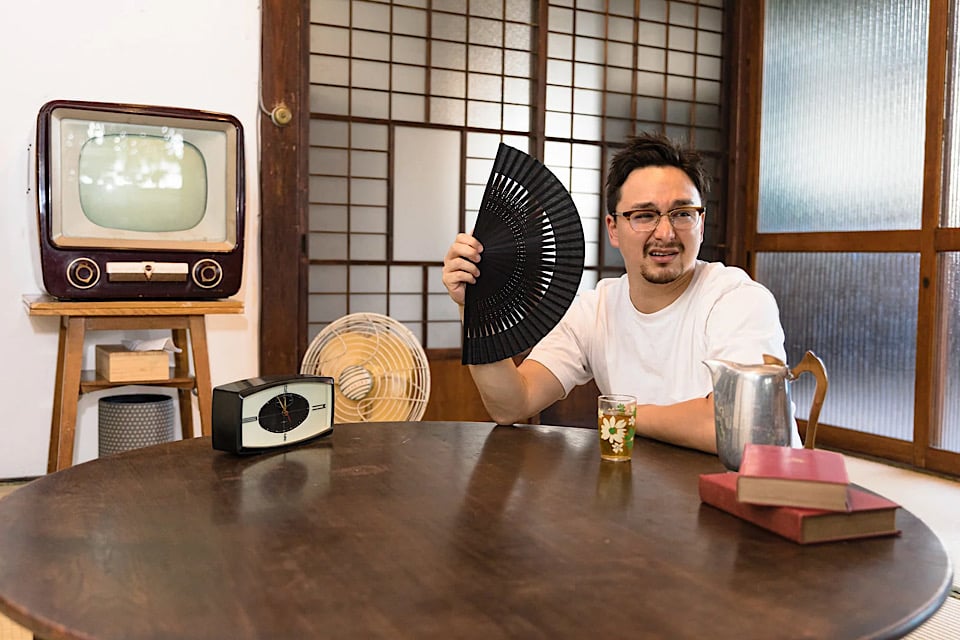
Japan has four distinct seasons, and the temperature can change significantly depending on the time of year.
In this section, we’ll introduce the best clothing for each season.
Enjoy your trip to Japan in comfort with the right outfits for every season.
Safe Outfit & Essentials Guide
Spring
Average temperatures range from 10–18°C (50–64°F). It can get chilly in the mornings and evenings, so bring a light coat or cardigan. Layered clothing is helpful for adjusting to temperature changes.
Summer
Average temperatures are 25–30°C (77–86°F), and can exceed 40°C (104°F) on very hot days. It’s hot and humid, so wear light, breathable clothes. Don’t forget sunscreen, a hat, and sunglasses to protect yourself from strong UV rays.
Autumn
Average temperatures range from 15–23°C (59–73°F). It gets cooler in the mornings and evenings, so long-sleeved shirts and a light jacket are ideal. Layered outfits make it easy to adjust to changing weather.
Winter
Average temperatures are 1–8°C (34–46°F). A warm coat, sweaters, and a scarf are necessary. In snowy areas, winter boots and extra cold-weather gear may be needed.
Regions That Require Special Attention
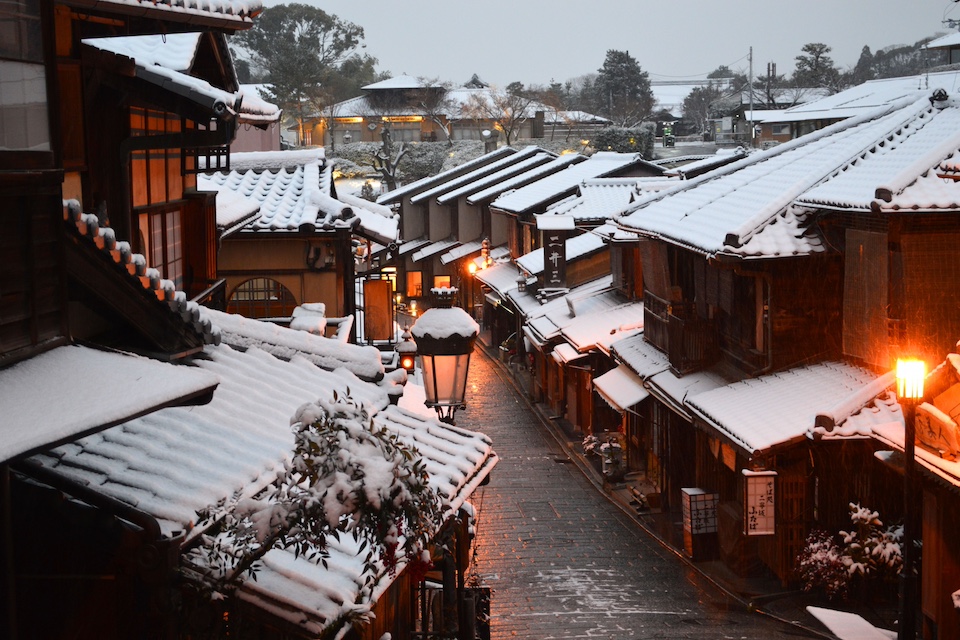
Tohoku(North Area)
Be careful when visiting northern regions like Tohoku or Hokkaido.
These areas can get extremely cold in winter, with temperatures dropping below freezing and heavy snow often covering the roads. Be sure to bring a thick coat, scarf, gloves, earmuffs, and waterproof shoes to stay warm and safe.
Kyushu(South Area)
In southern regions like Kyushu and especially Okinawa, it can be quite hot.
Sometimes the temperature can go over 30°C. It’s important to check the weather with a weather app and choose your clothing based on the temperature. On hot days, wear short sleeves, a hat, sunscreen, and stay hydrated.
Clothing That’s Handy to Have

There are useful clothes for both hot and cold weather.
You can buy them at clothing stores like UNIQLO, often found in airports.
If you feel that Japan is much colder or hotter than you expected, try buying these clothes. They’ll help make your trip more comfortable.
AIRism
AIRism is breathable and dries quickly by absorbing sweat.
The smooth texture feels comfortable, even in hot weather.
It also has anti-bacterial and deodorizing features, which help prevent sweat odor in summer.
HEATTECH
HEATTECH uses material that absorbs moisture from your body and turns it into heat.
It is thin and light but keeps you warm, making it great for layering.
Its stretchy fabric makes it a popular choice for staying warm in winter.
Planning Is Overwhelming!?
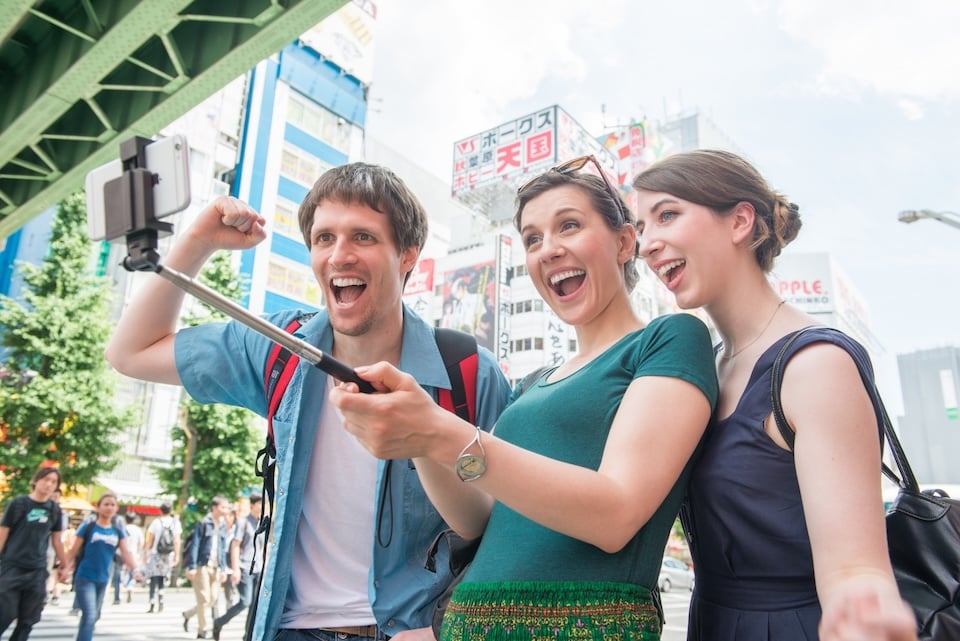
Do you find it difficult to plan an overseas trip by yourself?
Don’t worry!We have prepared easy and safe 5-day travel plans for first-time visitors.
With these plans, you can enjoy Japan without stress!
5-Day Travel Plan
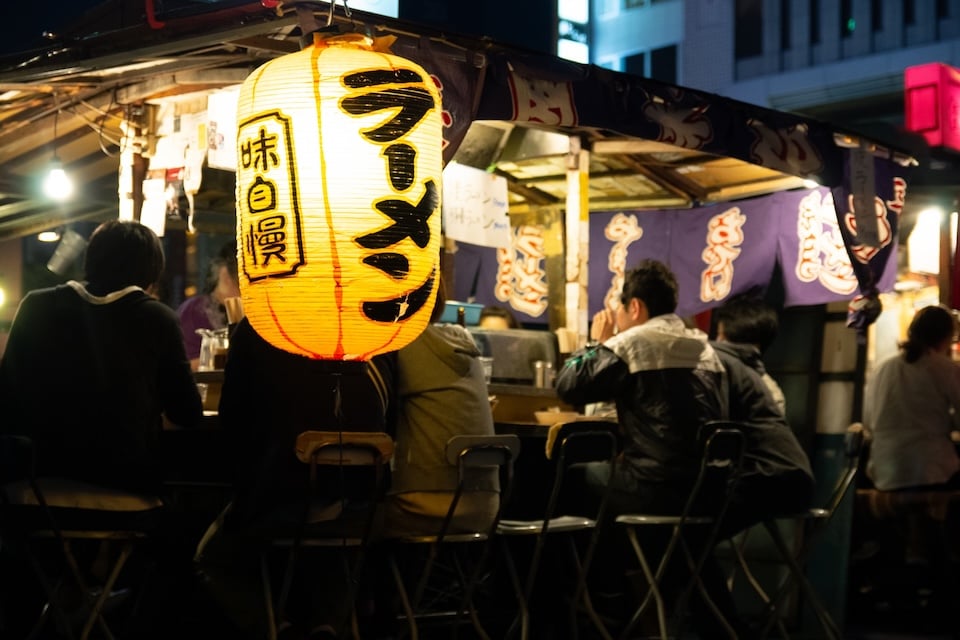
“I want to see many places in Japan, but I don’t want to spend too much money or time…”
If that’s you, this 5-day Tokyo area plan is perfect!
You can explore Tokyo and famous nearby spots. The travel time is short and easy.
Let’s make many great memories in just 5 days!
Day1
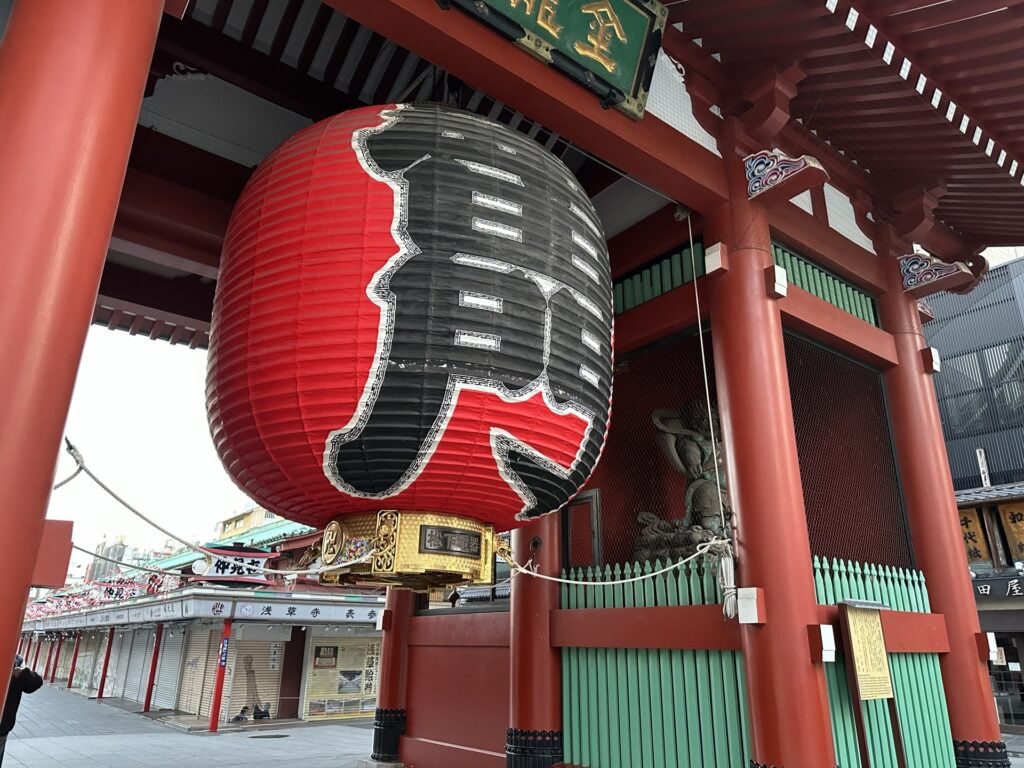
Shibuya Crossing is one of the busiest pedestrian crossings in the world, famous for its huge crowds and vibrant atmosphere. Located in front of Shibuya Station, it’s surrounded by shopping, dining, and entertainment options. It’s a must-visit spot to experience Tokyo’s energetic city life.
Senso-ji Temple in Asakusa is Tokyo’s oldest and most famous Buddhist temple. Visitors can enjoy the historic atmosphere while exploring the Nakamise shopping street leading to the temple. It’s a popular spot for both sightseeing and cultural experiences.
Harajuku is Tokyo’s famous district known for its colorful street fashion and trendy shops. It’s a hotspot for youth culture and unique boutiques. Don’t miss Takeshita Street, famous for its vibrant atmosphere and delicious snacks.
Accommodation
Stay overnight in Tokyo.
Transportation
From Narita or Haneda Airport, take the Narita Express or Keikyu Line to Tokyo Station. Use subways and buses to get around the city.
Day2

On the second day, let’s visit the Ueno area, which has many attractions to explore.
Tokyo Skytree is the tallest tower in Japan and offers spectacular panoramic views of Tokyo from its observation decks. It also features shopping, dining, and an aquarium in its complex. A must-see landmark for visitors to Tokyo.
Ueno Zoo is Japan’s oldest zoo, home to a wide variety of animals including giant pandas. It’s located in Ueno Park, making it easy to combine with other nearby attractions. A great place for families and animal lovers to enjoy.
Ameya-Yokocho, or Ameyoko, is a bustling open-air market street near Ueno Station. It offers a wide variety of goods, from fresh food and snacks to clothing and souvenirs. It’s a lively spot where you can experience the local shopping culture.
Accommodation
Stay overnight in Tokyo.
Transportation
From Narita or Haneda Airport, take the Narita Express or Keikyu Line to Tokyo Station. Use subways and buses to get around the city.
Day3
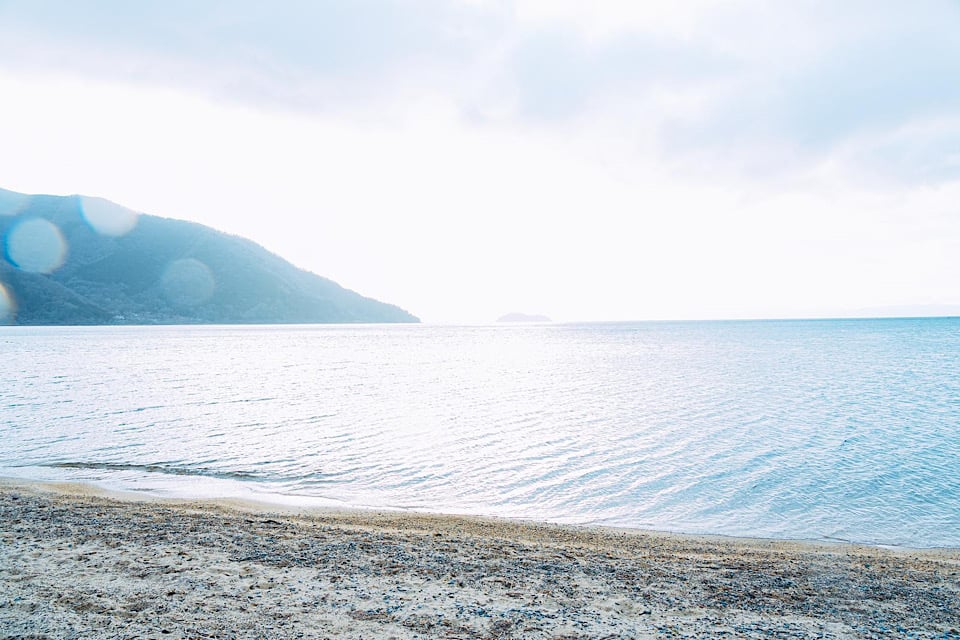
On the day3, take a short trip to the historic town of Kamakura.
Located about an hour by train from Tokyo, Kamakura is a beautiful old city where history and nature blend harmoniously.
The Great Buddha of Kamakura is a large bronze statue standing about 11.4 meters tall.
It dates back to the 13th century and is an iconic symbol of Kamakura.
Visitors can admire its serene expression and impressive size up close.
Tsurugaoka Hachimangu Shrine is a historic Shinto shrine located in the heart of Kamakura.
It is dedicated to Hachiman, the god of war and protection.
The shrine’s beautiful grounds and seasonal festivals attract many visitors throughout the year.
Enoshima is a small island near Kamakura, known for its beautiful beaches and scenic views.
It offers attractions like caves, shrines, and observation decks.
Visitors enjoy both nature and local seafood in this popular day-trip destination.
Accommodation
Stay overnight in Tokyo.
Transportation
From Narita or Haneda Airport, take the Narita Express or Keikyu Line to Tokyo Station. Use subways and buses to get around the city.
Day4
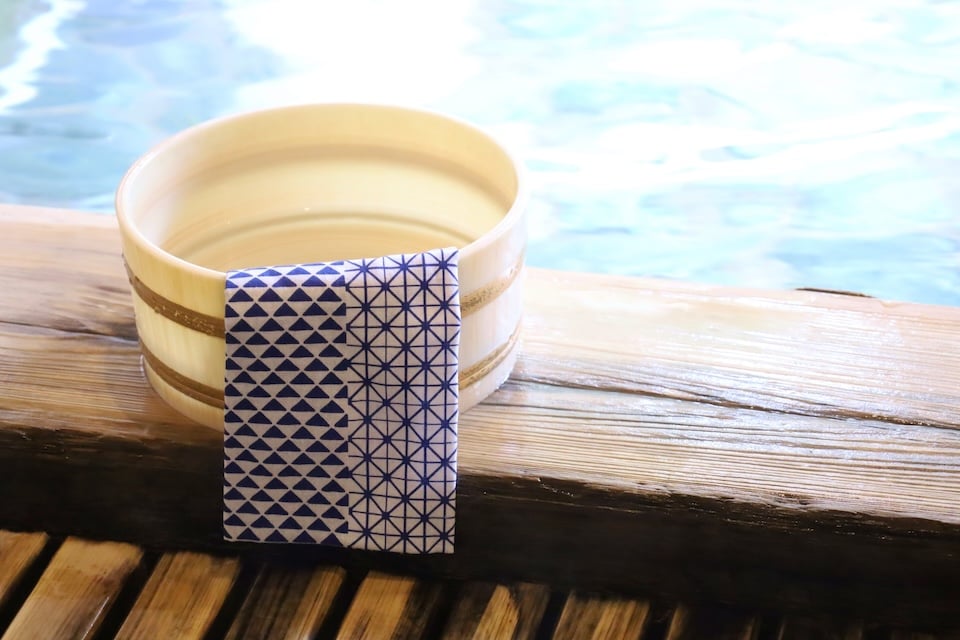
On the fourth day, relax and unwind at a hot spring to refresh yourself from the trip.
Hakone is a famous hot spring destination near Tokyo, known for its beautiful natural scenery.
Visitors can enjoy views of Mount Fuji, relaxing baths, and scenic
From Hakone, you can see beautiful views of Mount Fuji on clear days. Various spots, including hot spring areas, offer panoramic views of the majestic mountain alongside seasonal landscapes. Especially during mornings and evenings, the lighting makes Mount Fuji appear even more stunning, making it a popular sight.
The Hakone Open-Air Museum is a unique outdoor sculpture park set in beautiful natural surroundings.
It features a wide variety of modern and contemporary artworks, including pieces by famous artists like Picasso.
Visitors can enjoy art while strolling through the scenic gardens and relaxing in the open air.
Accommodation
Stay overnight in Hakone.
Transportation
From Tokyo, take the Odakyu Romancecar to Hakone-Yumoto Station (about 1.5 hours). Use buses, cable cars, and boats within Hakone.
Day5
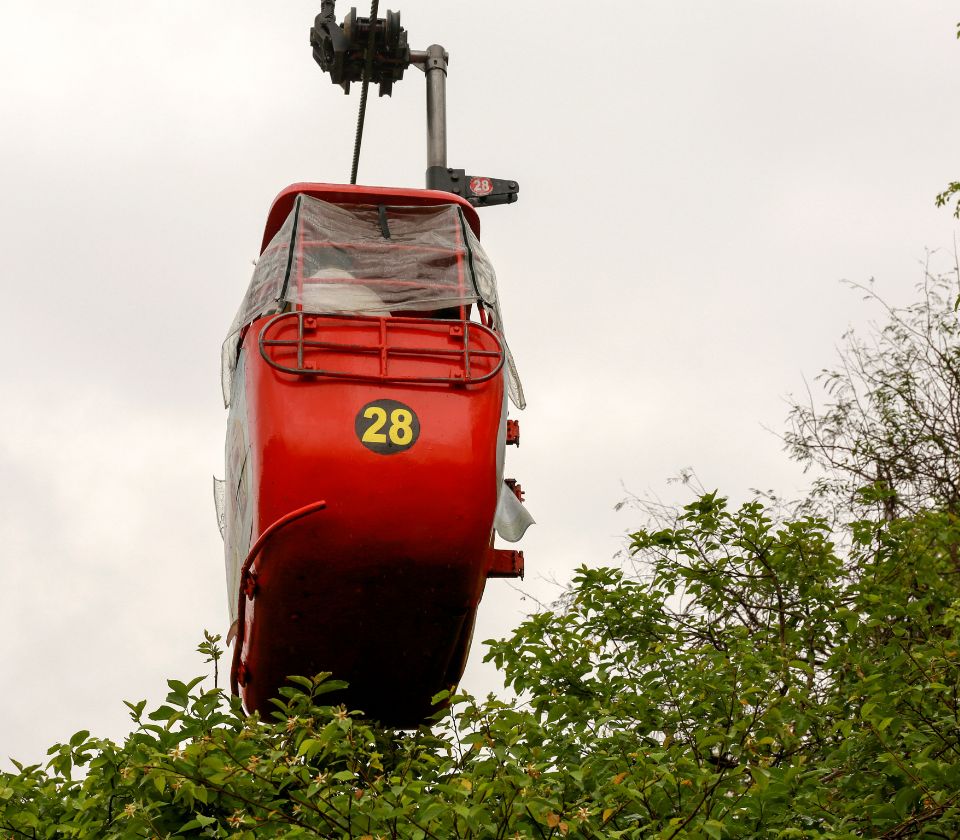
OOn the final day, enjoy the stunning Japanese scenery to the fullest in Hakone.
Enjoy a scenic boat cruise on Lake Ashi, offering beautiful views of Mount Fuji on clear days.
The cruises are aboard unique pirate-themed ships, making the experience fun and memorable.
It’s a popular activity for visitors looking to relax and take in the natural beauty of Hakone.
Owakudani is a volcanic valley in Hakone known for its active sulfur vents and hot springs.
Visitors can explore walking trails and try the famous black eggs boiled in the hot springs, said to add years to your life.
The area offers stunning views of Mount Fuji and the surrounding landscape on clear days.
The Hakone Venetian Glass Museum showcases beautiful Venetian glass art from Italy.
It features a stunning collection of colorful glassworks in a charming garden setting.
Visitors can enjoy both the exquisite art pieces and the peaceful atmosphere of the museum grounds.
Accommodation
Stay overnight in Hakone.
Transportation
Continue exploring Hakone or return to Tokyo.
If you want to travel not only in Tokyo but also explore other regions of Japan,
and are looking for more travel plan ideas,
please take a look at this article for further suggestions and inspiration.
If you want to travel not only in Tokyo but also explore other regions of Japan and are looking for more travel plan ideas,
please take a look at this article for further suggestions and inspiration.
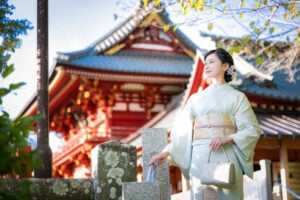

Recommended Seasonal Activities
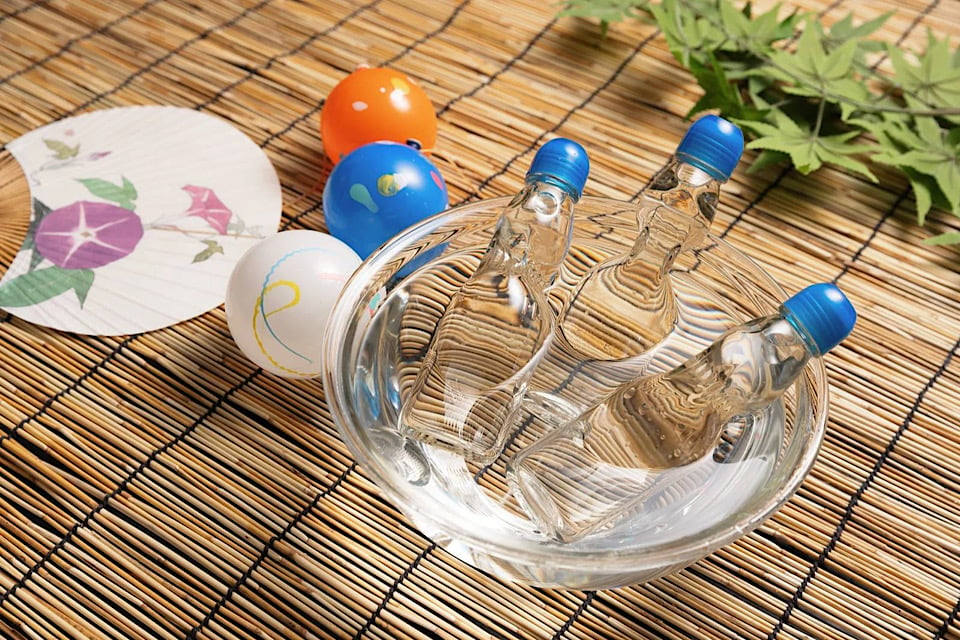
In Japan, you can enjoy different activities and cultural experiences depending on the season.
When visiting Japan, be sure to check out recommended seasonal activities. It’s also a good idea to plan your trip according to the season when your favorite experiences are available.
Spring
It is a warm season with many flowers in bloom, making it the perfect time to enjoy outdoor activities.
Here are some recommended activities and precautions for such a season.
Activity ideas
①Cherry blossom viewing (hanami picnics)
②Walking in parks and traditional gardens
③Joining local spring festivals
④Strawberry picking
⑤Trying limited-time spring sweets
Precautions
①Cherry blossom spots can be very crowded, so go early
②Bring a picnic mat and trash bag; keep the area clean
③Weather can change quickly—wear layered clothing
④If you have pollen allergies, please be aware that pollen levels are high in spring. Wearing a mask can help protect you. If you experience symptoms such as itchy eyes, sneezing, or a runny nose, visit a pharmacy to purchase medication.
Summer
Summer is a season when you can experience traditional Japanese culture, such as summer festivals and fireworks. It is also the perfect time to enjoy marine activities.
Here are some recommended activities and precautions for such a season.
Activity ideas
①Watching fireworks festivals
②Wearing yukata at summer festivals
③Swimming at beaches or pools
④Dining at beer gardens
⑤Exploring highlands or cool nature spots
Precautions
①Stay hydrated and wear a hat to avoid heatstroke
②Use insect repellent for comfort outdoors
③Apply sunscreen for UV protection
Autumn
Autumn is cool and perfect for enjoying outdoor activities. You can also admire beautiful, uniquely Japanese scenery such as autumn foliage.
Here are some recommended activities and precautions for such a season.
Activity ideas
①Viewing colorful autumn leaves
②Sampling seasonal foods like sweet potatoes and chestnuts
③Hiking in nature
④Attending autumn festivals
⑤Visiting hot springs
Precautions
①Wear comfortable shoes for walking in mountains
②Bring a jacket for temperature drops in mornings and evenings
③Expect traffic and crowds during peak foliage times
Winter
Winter is the perfect season to experience Japanese culture, such as New Year celebrations and mochi pounding. In the Tohoku region, you can also enjoy beautiful snowy landscapes.
Here are some recommended activities and precautions for such a season.
Activity ideas
①Viewing winter illuminations
②Skiing or snowboarding
③Relaxing in hot springs
④Visiting shrines for New Year’s
⑤Enjoying hotpot dishes and winter foods
Precautions
①Use shoes with grip to avoid slipping on ice or snow
②Wear warm clothes like hats, gloves, and scarves
③Check weather forecasts for travel delays due to snow
FAQs and Helpful Tips

Finally, we have compiled some frequently asked questions from tourists along with their answers.
By reading this, you can ease any worries you may have about traveling to Japan.
Q: What type of electrical plugs does Japan use?

Japan uses Type A plugs with two flat parallel pins.
The voltage is 100 volts, and Japanese appliances are made for this voltage. If you bring devices from abroad, you may need a voltage converter or plug adapter.
Q: What should I do in case of an emergency?

If you are in trouble, please contact the police or ambulance.
In case of an accident or crime, call the police at 110. For injuries or sudden illness, call the ambulance at 119.
It is also helpful to keep your family’s phone number and address handy just in case.
The phone number for the police :110
The phone number for ambulance and fire services : 119
We are here to help you
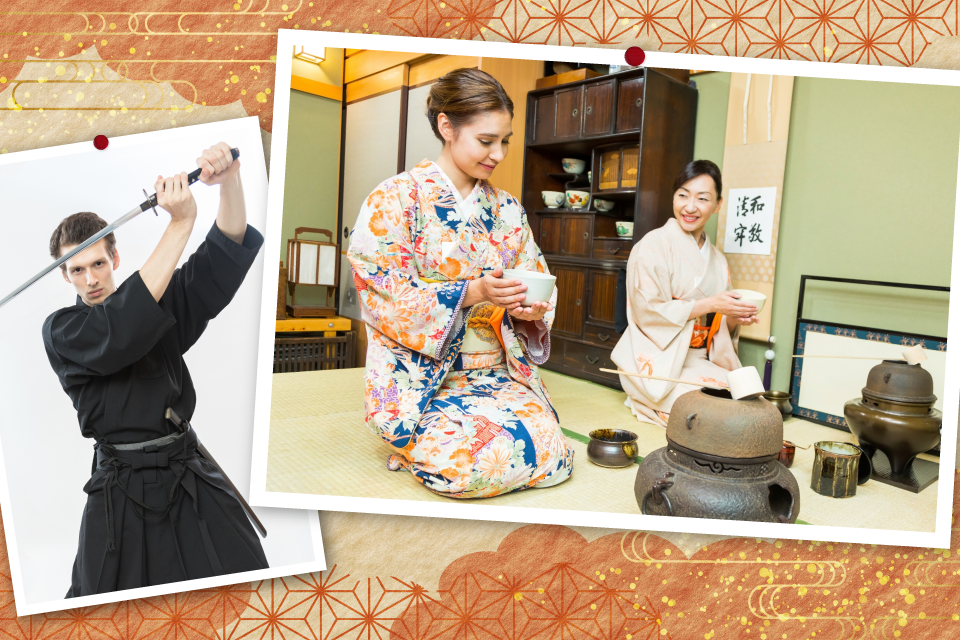
When traveling abroad for the first time, it’s natural to have many concerns. In this article, we have covered how to ride trains, how to make payments, how to use mobile phones, and Japanese culture and etiquette. We hope this article has helped ease some of your worries.
If you have further questions about Japanese culture or would like assistance in planning your trip to Japan, please feel free to contact Motenas Japan. We look forward to helping you make your journey a wonderful one.

After graduating from Kansai University, I joined JTB as a new graduate and worked in the inbound tourism sector.
After getting married, I moved to Australia due to my husband’s work and obtained a diploma in early childhood education there.
I am currently working at a kindergarten while also working as a writer.





